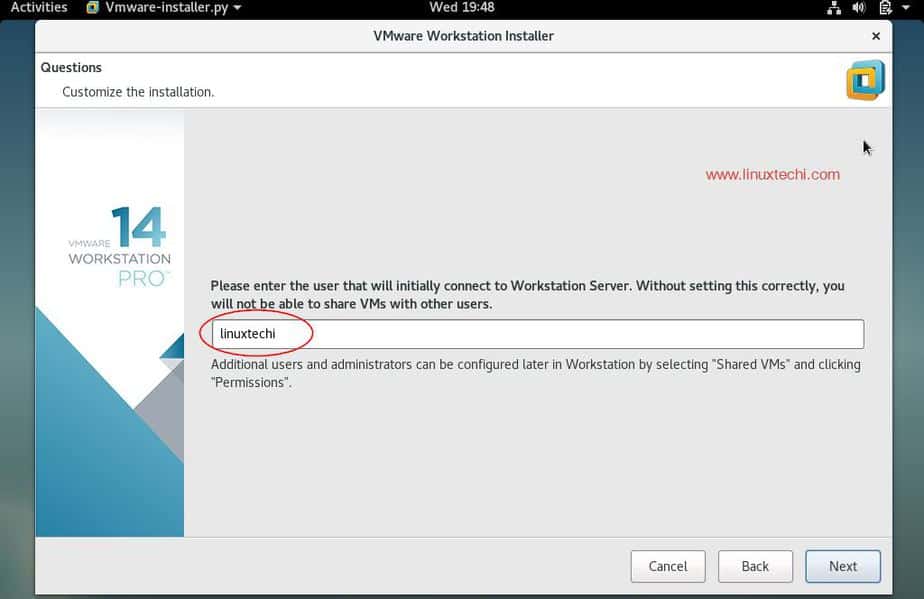

ΔIC% was significantly higher in homogeneous emphysema (39.8% ± 9.8% vs.31.2% ± 13%, p = 0.031), while no other CPET parameter differed between the groups. The groups were matched for all baseline variables. Emphysema quantification was conducted at 3 predefined levels using the syngo PULMO-CT (Siemens AG) a difference >25% between best and worse slice was defined as heterogeneous emphysema.įifty patients with heterogeneous (62.7% male 60.9 ± 7.5 years old FEV 1% = 32.4 ± 11.4) and 14 with homogeneous emphysema (61.5% male 62.5 ± 5.9 years old FEV 1% = 28.1 ± 10.3) fulfilled the enrolment criteria.

ΔIC was calculated by subtracting the end-exercise inspiratory capacity (eIC) from resting IC (rIC) and expressed as a percentage of rIC (ΔIC %). This was a retrospective analysis of prospectively collected data among severe COPD patients who underwent thoracic high-resolution computed tomography, full lung function measurements and maximal CPET with inspiratory manouvers as assessment for a lung volume reduction procedure. The aim of this study was to investigate the impact of emphysema distribution on DH during a maximal cardiopulmonary exercise test (CPET) in patients with severe COPD. Dynamic hyperinflation (DH) is a pathophysiologic hallmark of Chronic Obstructive Pulmonary Disease (COPD).


 0 kommentar(er)
0 kommentar(er)
